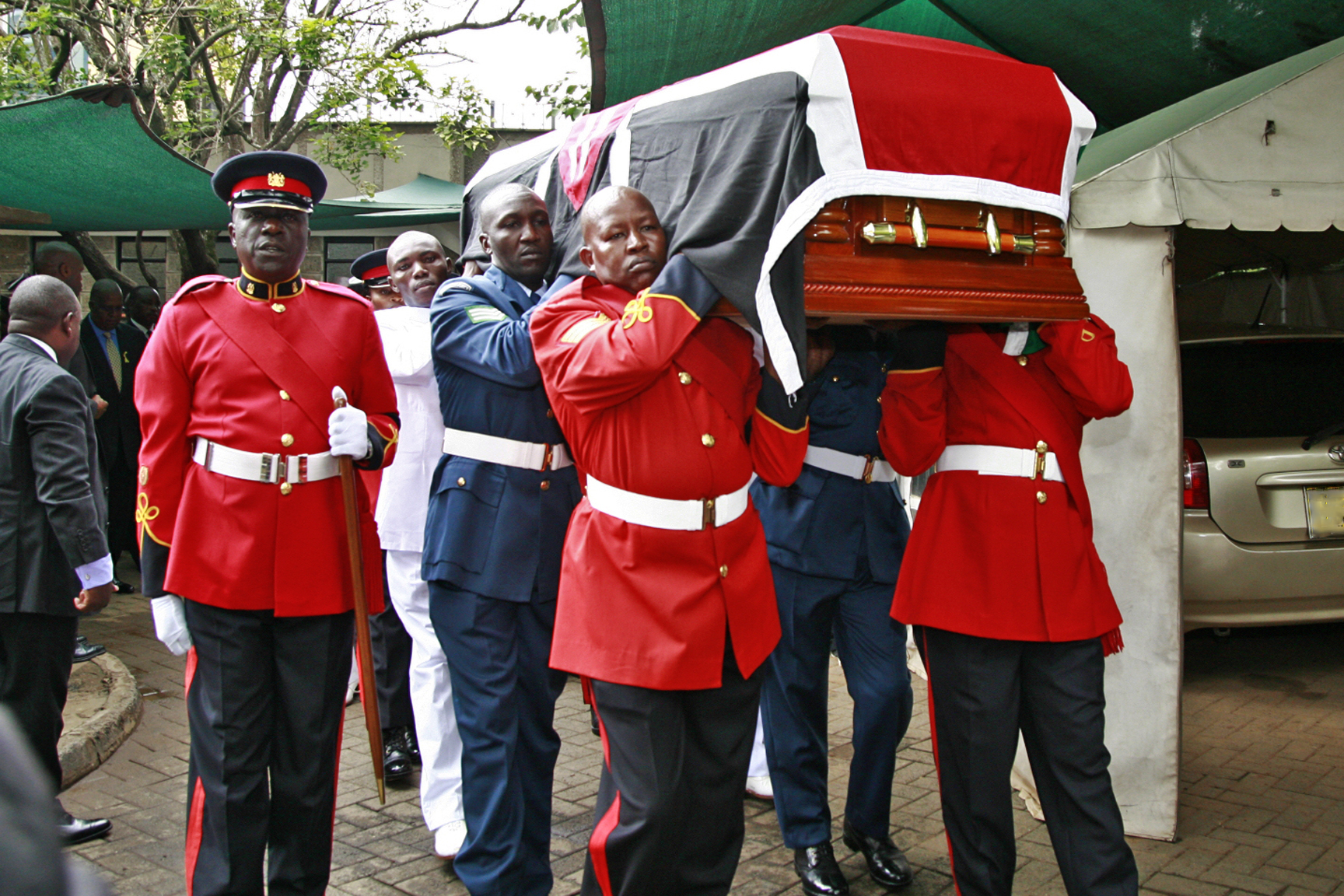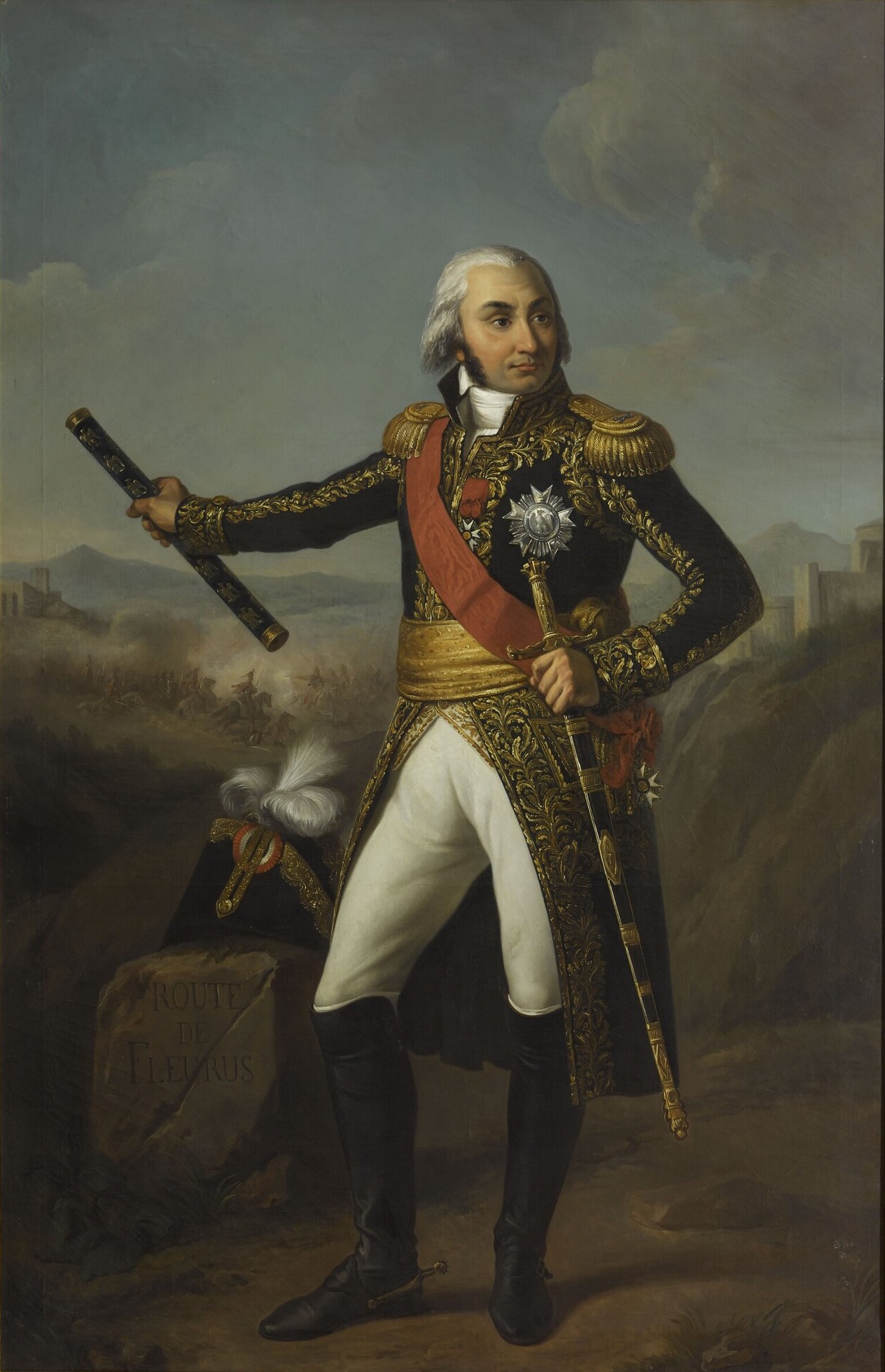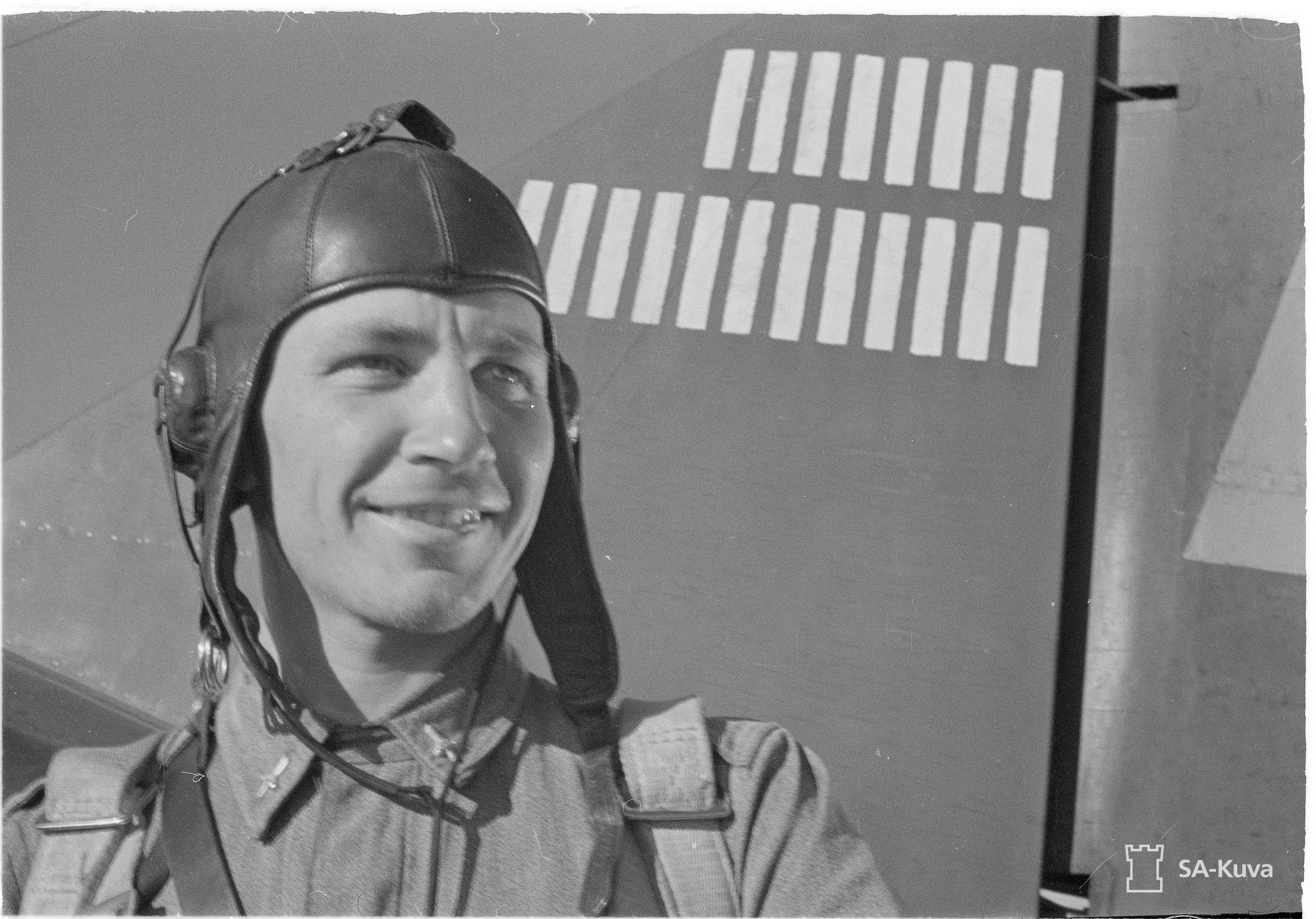|
Knights Of The Mannerheim Cross
The Mannerheim Cross ( fi, Mannerheim-risti, sv, Mannerheimkorset), officially Mannerheim Cross of the Cross of Liberty ( fi, Vapaudenristin Mannerheim-risti, link=no, sv, Frihetskorsets Mannerheimkors, link=no) is the most distinguished Finnish military honour. A total of 191 persons received the cross between 22 July 1941 and 7 May 1945, with six of the recipients receiving a cross twice. Available in two classes, the 1st class medal has only been awarded twice, with both recipients also having received the medal in the 2nd class. Although still active ''de jure'', no crosses have been awarded since 1945. Tuomas Gerdt, the last living Knight of the Mannerheim Cross, died on 1 November 2020. Description The honour, proposed by and named after Field Marshal Gustaf Mannerheim, was introduced after the Winter War on 16 December 1940. Associated with the Order of the Cross of Liberty, the decoration was awarded to soldiers for exceptional bravery, for the achievement of crucially i ... [...More Info...] [...Related Items...] OR: [Wikipedia] [Google] [Baidu] |
Finland
Finland ( fi, Suomi ; sv, Finland ), officially the Republic of Finland (; ), is a Nordic country in Northern Europe. It shares land borders with Sweden to the northwest, Norway to the north, and Russia to the east, with the Gulf of Bothnia to the west and the Gulf of Finland across Estonia to the south. Finland covers an area of with a population of 5.6 million. Helsinki is the capital and largest city, forming a larger metropolitan area with the neighbouring cities of Espoo, Kauniainen, and Vantaa. The vast majority of the population are ethnic Finns. Finnish, alongside Swedish, are the official languages. Swedish is the native language of 5.2% of the population. Finland's climate varies from humid continental in the south to the boreal in the north. The land cover is primarily a boreal forest biome, with more than 180,000 recorded lakes. Finland was first inhabited around 9000 BC after the Last Glacial Period. The Stone Age introduced several differ ... [...More Info...] [...Related Items...] OR: [Wikipedia] [Google] [Baidu] |
General Major
Major general (abbreviated MG, maj. gen. and similar) is a military rank used in many countries. It is derived from the older rank of sergeant major general. The disappearance of the "sergeant" in the title explains the apparent confusion of a lieutenant general outranking a major general, whereas a major outranks a lieutenant. In the Commonwealth and in the United States, when appointed to a field command, a major general is typically in command of a division consisting of around 6,000 to 25,000 troops (several regiments or brigades). It is a two-star rank that is subordinate to the rank of lieutenant general and senior to the rank of brigadier or brigadier general. In the Commonwealth, major general is equivalent to the navy rank of rear admiral. In air forces with a separate rank structure (Commonwealth), major general is equivalent to air vice-marshal. In some countries including much of Eastern Europe, major general is the lowest of the general officer ranks, with no br ... [...More Info...] [...Related Items...] OR: [Wikipedia] [Google] [Baidu] |
Pallbearer
A pallbearer is one of several participants who help carry the casket at a funeral. They may wear white gloves in order to prevent damaging the casket and to show respect to the deceased person. Some traditions distinguish between the roles of pallbearers and casket bearer. The former is a ceremonial position, carrying a tip of the pall or a cord attached to it. The latter do the actual heavy lifting and carrying. There may otherwise be pallbearers only in the symbolic sense if the casket is on an animal or vehicle. In Western cultures, the pallbearers are usually male family members, close friends, or colleagues of the deceased. A notable exception was the funeral of Lee Harvey Oswald, in which reporters, pressed into service to carry the coffin, outnumbered the mourners. In some African cultures, pallbearers are not family members but are staffs of professional funeral agencies who are paid for their services. The first duty of a pallbearer is to appear at least thirty minu ... [...More Info...] [...Related Items...] OR: [Wikipedia] [Google] [Baidu] |
Independence Day Reception (Finland)
The Independence Day Reception ( fi, Itsenäisyyspäivän vastaanotto; sv, Självständighetsdagens festmottagning) is an annual event organised by the President of Finland at the Presidential Palace in Helsinki on 6 December, Finland's Independence Day. Invitations are sent to all members of parliament and other representatives of the national and municipal governments, the ambassadors to Finland, representatives of NGOs, important business people, and people who distinguished themselves during the year in the arts, sports, sciences, and other fields. History Growing tradition The tradition of Independence Day Receptions began after Finnish Independence in 1919. The first, an afternoon reception, was hosted by president K. J. Ståhlberg and his daughter Aino Ståhlberg. The reception had approximately 150 guests and lasted for an hour. Guests were offered coffee and refreshments in the Gothic hall of the Presidential Palace. The first evening reception was hosted by Ståhl ... [...More Info...] [...Related Items...] OR: [Wikipedia] [Google] [Baidu] |
Martti Ahtisaari
Martti Oiva Kalevi Ahtisaari (; born 23 June 1937) is a Finnish politician, the tenth president of Finland (1994–2000), a Nobel Peace Prize laureate, and a United Nations diplomat and mediator noted for his international peace work. Ahtisaari was a United Nations special envoy for Kosovo, charged with organizing the Kosovo status process negotiations, aimed at resolving a long-running dispute in Kosovo, which later declared its independence from Serbia in 2008. In October 2008, he was awarded the Nobel Peace Prize "for his important efforts, on several continents and over more than three decades, to resolve international conflicts". The Nobel statement said that Ahtisaari had played a prominent role in resolving serious and long-lasting conflicts, including ones in Namibia, Aceh (Indonesia), [...More Info...] [...Related Items...] OR: [Wikipedia] [Google] [Baidu] |
Erik Heinrichs
Axel Erik Heinrichs (21 July 1890 – 16 November 1965) was a Finnish military general. He was Finland's Chief of the General Staff during the Interim Peace and Continuation War (1940–1941 and 1942–1944) and commander-in-chief for a short time after the war (1944–1945). Biography Heinrichs went to the Swedish co-educational school Nya svenska samskolan. He was one of the Finnish Jaeger troops trained in the volunteer Royal Prussian 27th Jäger Battalion between 1915 and 1918. During the Finnish Civil War he served as a battalion commander in the battles of Tampere and Viipuri. He commanded the III Corps in the Winter War, and from 19 February 1940 the Army of the Isthmus. He was made Chief of the General Staff in June 1940 and promoted to General of Infantry in 1941. During the Continuation War he commanded the Army of Karelia until January 1942, after which he was again appointed the Chief of the General Staff. After the war he served as the Army's commander-in-chief b ... [...More Info...] [...Related Items...] OR: [Wikipedia] [Google] [Baidu] |
General Of The Branch
A general of the branch, general of the branch of service or general of the ... (where instead of the ellipsis an appropriate name of the military branch is being put) is a three or four-star general officer rank in some armies. Several nations divide — or used to divide — their senior general officer ranks by the branch of troops they are qualified to command, or simply as an honorific title. Austria-Hungary In the Austro-Hungarian Army there were three ''general of the branch'' ranks: *General der Infanterie (en: General of the Infantry) *General der Kavallerie (en: General of the Cavalry) *Feldzeugmeister (en: General of the Artillery) The rank of General der Infanterie was introduced in 1908, prior to this both infantrymen and gunners were appointed as Feldzeugmeisters. Historically, the rank of general of artillery (german: Feldzeugmeister; literally "battlefield ordnance master"; "gun master";The term is German. ''Feld-'' means battlefield, as used in the German ''Fel ... [...More Info...] [...Related Items...] OR: [Wikipedia] [Google] [Baidu] |
Risto Ryti
Risto Heikki Ryti (; 3 February 1889 – 25 October 1956) served as the fifth president of Finland from 1940 to 1944. Ryti started his career as a politician in the field of economics and as a political background figure during the interwar period. He made a wide range of international contacts in the world of banking and within the framework of the League of Nations. Ryti served (1939–1940) as prime minister during the Winter War of 1939–1940 and the Interim Peace of 1940–1941. Later he became president during the Continuation War of 1941–1944. After the war, Ryti was the main defendant in the Finnish war-responsibility trials (1945–1946), which resulted in his conviction for crimes against peace. Ryti penned the 1944 Ryti–Ribbentrop Agreement (named after Ryti and Joachim von Ribbentrop), a personal letter from Ryti to Nazi German Führer Adolf Hitler whereby Ryti agreed not to reach a separate peace in the Continuation War against the Soviet Union without approval ... [...More Info...] [...Related Items...] OR: [Wikipedia] [Google] [Baidu] |
Marshal's Baton
The ceremonial baton is a short, thick stick-like object, typically in wood or metal, that is traditionally the sign of a field marshal or a similar high-ranking military officer, and carried as a piece of their uniform. The baton is distinguished from the swagger stick in being thicker and effectively without any practical function. A staff of office is rested on the ground; a baton is not. Unlike a royal sceptre that is crowned on one end with an eagle or globe, a baton is typically flat-ended. Origins The baton can most likely be traced back to the mace, with ancient Kings and Pharaohs often being buried with ceremonial maces. With the advent of primitive body armor, the mace went out of fashion, but made a comeback as an effective weapon against full plate armour during the Late Middle Ages. During this time, the staff of office also became a prominent symbol of power. By the time of Louis X of France, it was common for sergeants-at-arms to carry highly ornamented ... [...More Info...] [...Related Items...] OR: [Wikipedia] [Google] [Baidu] |
Hans Wind
Hans Henrik "Hasse" Wind (30 July 1919, Ekenäs – 24 July 1995, Tampere) was a Finnish fighter pilot and flying ace in World War II, with 75 confirmed air combat victories. He is one of the four double recipients of the Mannerheim Cross 2nd Class. Biography Wind started his pilot career in 1938 by volunteering to join a pilot training course. He was a reserve officer in the Winter War (1939-1940), but did not fly due to a lack of available planes. Wind had now decided to embark on a military career, and he finished training as a lieutenant on 17 June 1941. Transferring to LeLv24 in August 1941, he fought in the Continuation War. He flew a Brewster B239 (the export version of the Brewster Buffalo) from 1941–1943, claiming 39 of his victories in the type. On 22 September 1941, Wind was credited his first kill, an I-15. In August 1942, the squadron was transferred to Römpötti to operate over the eastern Gulf of Finland. On 14 August 1942, Wind shot down two Hurricanes, ... [...More Info...] [...Related Items...] OR: [Wikipedia] [Google] [Baidu] |
Captain
Captain is a title, an appellative for the commanding officer of a military unit; the supreme leader of a navy ship, merchant ship, aeroplane, spacecraft, or other vessel; or the commander of a port, fire or police department, election precinct, etc. In militaries, the captain is typically at the level of an officer commanding a company or battalion of infantry, a ship, or a battery of artillery, or another distinct unit. The term also may be used as an informal or honorary title for persons in similar commanding roles. Etymology The term "captain" derives from (, , or 'the topmost'), which was used as title for a senior Byzantine military rank and office. The word was Latinized as capetanus/catepan, and its meaning seems to have merged with that of the late Latin "capitaneus" (which derives from the classical Latin word "caput", meaning head). This hybridized term gave rise to the English language term captain and its equivalents in other languages (, , , , , , , , , kapitány, K ... [...More Info...] [...Related Items...] OR: [Wikipedia] [Google] [Baidu] |
Ilmari Juutilainen
Eino Ilmari "Illu" Juutilainen (21 February 1914 – 21 February 1999) was a fighter pilot of the Ilmavoimat (Finnish Air Force), and the top scoring non-German fighter pilot of all time. The top flying ace of the Finnish Air Force, he led all Finnish pilots in score against Soviet aircraft in World War II (1939–40 and 1941–44), with 94 confirmed aerial combat victories (he himself claimed further kills for a total of 126 victories, but these were unconfirmed) in 437 sorties. He achieved 34 of his victories while flying the Brewster Buffalo fighter.Stenman and Thomas 2010, p. 85. One of the four double recipients of the Mannerheim Cross 2nd Class, Juutilainen was born in Lieksa, and died in Tuusula. His brother was the Finnish Army Captain Aarne Juutilainen, nicknamed "The Terror of Morocco". Summary Juutilainen flew Fokker D.XXI, Brewster Buffalo, and Messerschmitt Bf 109 fighters. He finished the war without a single hit to his plane from enemy fighter airplanes (once h ... [...More Info...] [...Related Items...] OR: [Wikipedia] [Google] [Baidu] |





